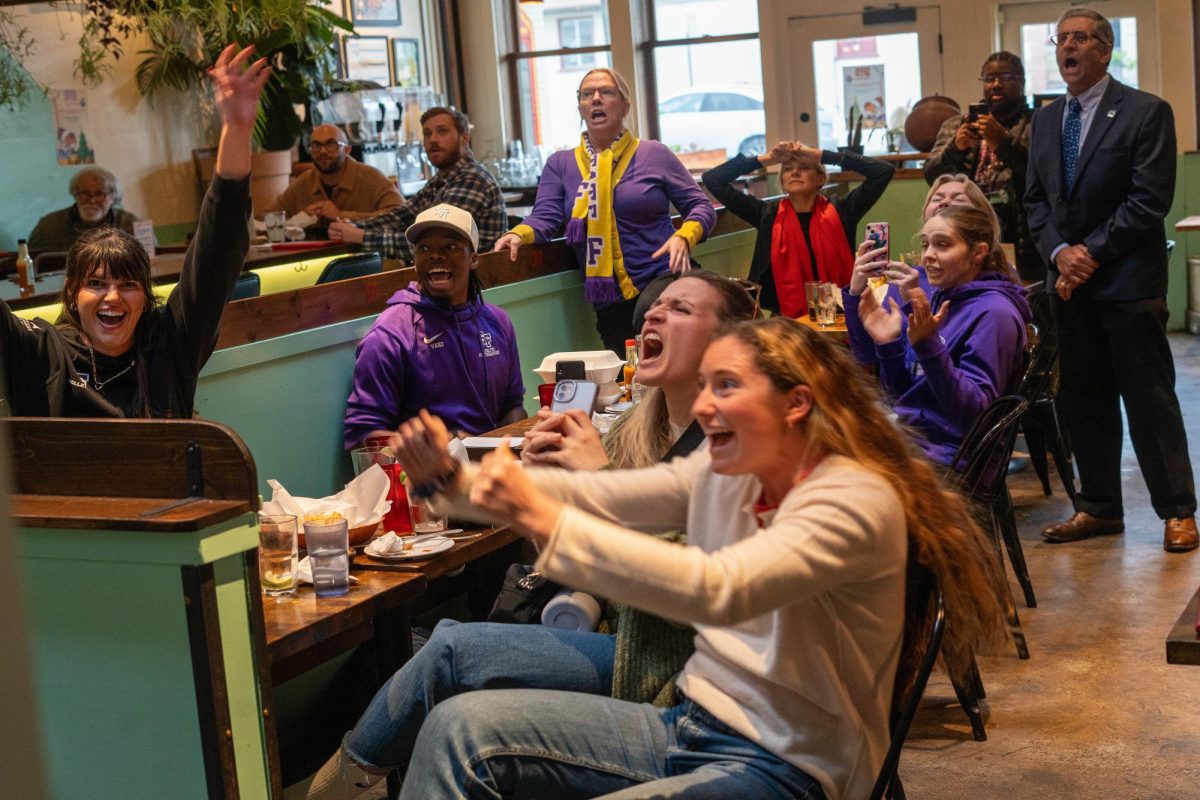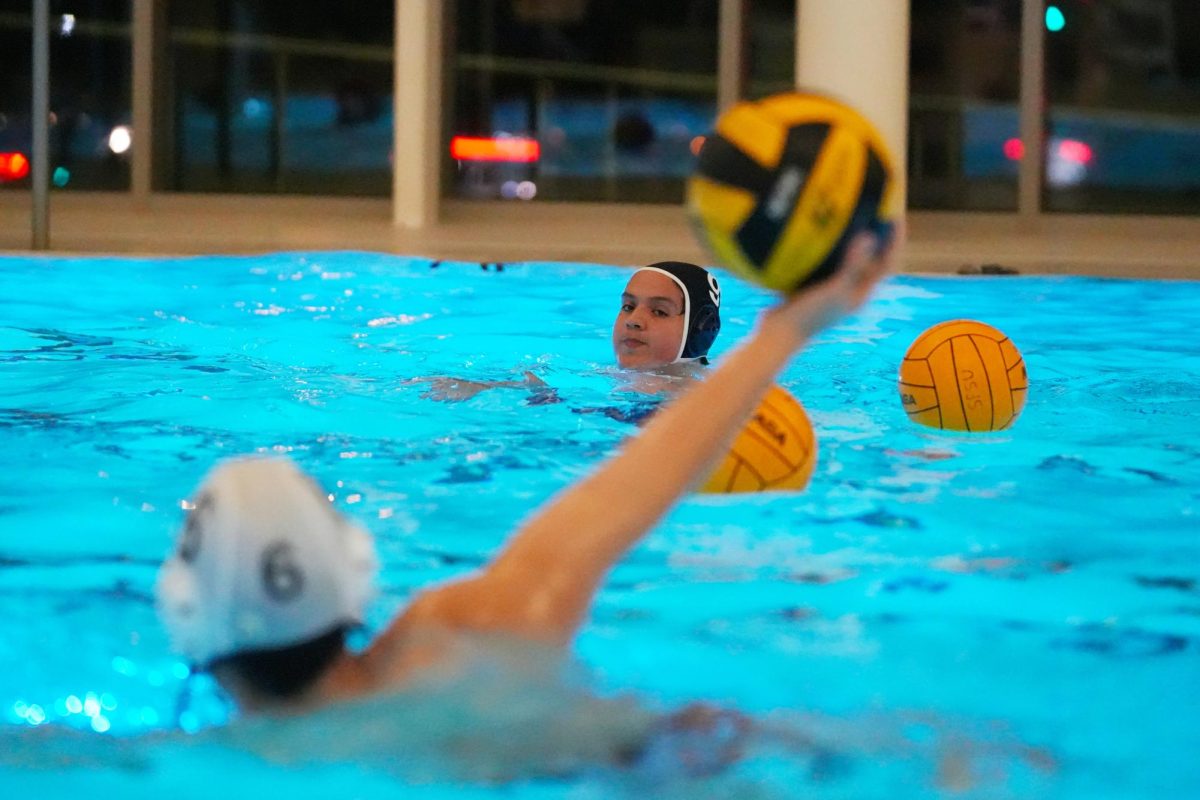SF State and the Giants Community Fund are in preliminary talks to construct a $3.5 million multi-functional facility for the Junior Giants by Maloney Field, for which the California State University Board of Trustees unanimously approved the conceptual stages March 8.
Vice President for University Advancement Robert Nava said the facility would include at least three classrooms, a conference hall that could hold at least 150 people and possibly indoor batting cages. In addition to the new facility, a new, natural-grass little-league baseball field could be constructed as well.
The facility would be utilized by the Junior Giants, which is part of the Giants Community Fund, a non-profit charged with looking for children ages 5-18 from underserved communities to teach about sports, sportsmanship and setting goals for college.
Building a new facility for the Junior Giants at SF State is still at least a year away from coming to fruition, according to Nava, but talks have been ongoing for the past year and a half.
“(The Giants Community Foundation) said they were interested in exploring and establishing an urban academy,” Nava said. “Those are called youth urban academies. There are six of them in the country. Urban youth academies are established with the financial support of major league baseball.”
Nava said there is a mutual interest between SF State and the Giants Community Fund for a number of reasons.
“The University was very interested, because one, the six academies in the country, none of them are affiliated with a university,” Nava said. “We’d become the first urban academy in the country that has a formal relationship with a university. And two, we have a little bit of land, not much, but down there by where Maloney Field is, there is some space down there that could perhaps accommodate building the academy piece.”
The only cost SF State would be obligated to pay would be for maintenance, and for what Nava called “in-kind support.”
Nava said the in-kind support would constitute around $200,000 of field repairs and maintenance. The money would be an opportunity to continue to improve the facilities accessible to the SF State baseball and softball teams.
“Any improvements that are made at Maloney Field would be available to all our students, and they could use the field,” Nava said. “Frankly, the improvements would help our athletic programs too, the baseball team and softball team in particular. (Our) facilities are in bad shape. The batting cages are in horrible shape.”
The Junior Giants would use the facility for about three to four months out of the year, and then the rest of the time it would be accessible to students and student athletes, according to Nava. After a certain period of time, SF State would take control of the new facility, and it would become University property.
“If we did this as a 15-to-20-year agreement, if it’s that long, at the end of the 15 years, no matter what the improvements they made, the University takes possession of it,” Nava said. “It becomes a part of the University. All the improvements that are made benefit San Francisco State.”
The talks have been a long, drawn out process, due to a few snags. One is the space required to build the new facility, according to Nava. In order to build the facility, a number of the tennis courts would most likely have to be torn down to do so.
“You have to have tennis courts on a college campus right?” Nava said. “But we thought, ‘Do we need 16 tennis courts, or could we just have four tennis courts? Six tennis courts?’ That’s a part of the discussion we are having now.”
Insurance liability is also an issue, according to Nava. If a child is injured, it becomes a question of who is liable and responsible. Something else that needs to be ironed out is scheduling, according to President Leslie E. Wong.
“One of the biggest things right now is the scheduling,” Wong said. “We need to make sure we can meet our (California Collegiate Athletic Association) requirements, and not have conflicting schedules.”
Athletic Director Charles Guthrie said for scheduling, academics get priority of the use of Maloney Field and the SF State softball field, and then athletics is next in line, followed by the Junior Giants.
“It will not be a situation where our athletic department will be fighting with an outside group to have a quality program,” Guthrie said. “We would not have signed up for anything that would be a detriment to our program, or to the kinesiology program for that matter.”
If the new facilities do come to fruition, they offer an opportunity for children to learn about going to college, according to Nava.
“(The program) exposes them to SF State, so when it is time for them to apply to college, we’d hope for them to want to be interested in applying and attending here,” Nava said. “I would love to see some of our students serving as mentors for kids, perhaps doing some tutoring. Interfacing with our student athletes, could you imagine how powerful it is to have these kids (in) junior high school meeting together and telling their stories?”






